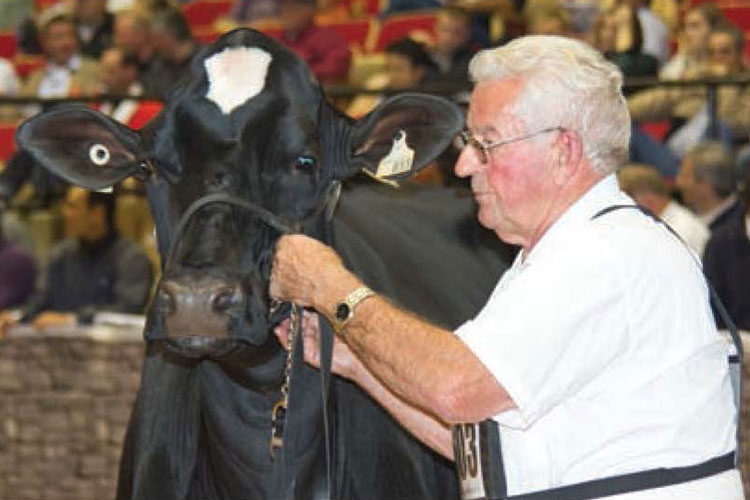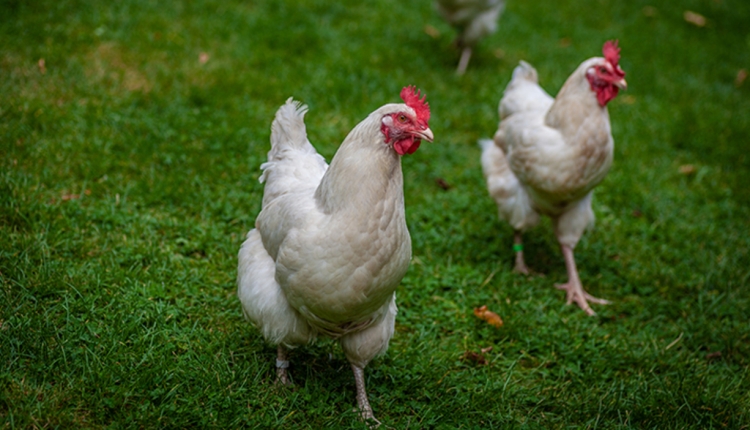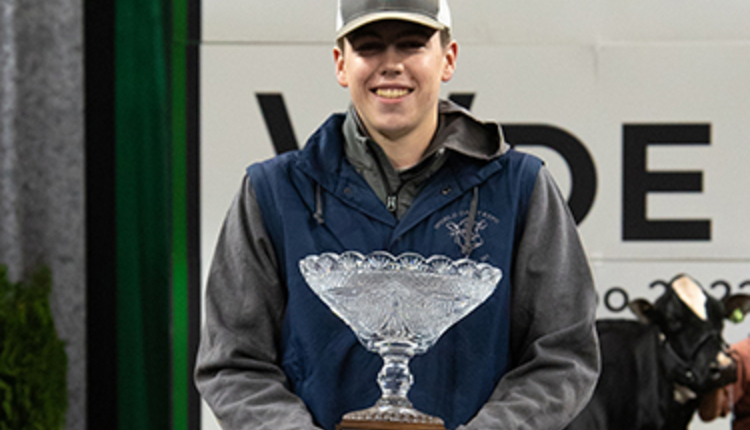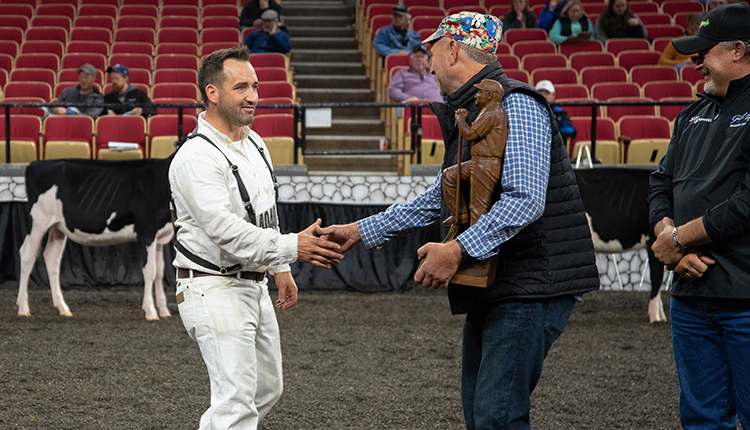
The discussion turned to showmanship at the recent Holstein USA's national judges conference in Fond du Lac, Wis. As over 70 national-caliber show judges debated how to judge showmanship, Bob Fitzsimmons simply reminded those in the audience, "You are escorting a lady into the ring."
That was the simple advice he received from Ontario's Bert Stewart years earlier. Stewart's calm demeanor and unique ability with cattle still make him a sought-after leadsman . . . leading an unequalled 16 Grand Champions at the Royal Winter Fair. And that is just one of many reason's we are profiling Bert Stewart in our September 10 World Dairy Expo Supplement.
As the World Dairy Expo Supplement approaches, we will trickle out some snippets of our conversation with Bert.
In addition to working with your family's Ayrshires, you worked for Holstein breeders like Romandale Farms and Spring Farms as a youth. What did you learn by working for them?
Working away from home was a great experience. I was fortunate enough that Dave Houcks, the Romandale farm manager, drove from Romandale Farms in King City, Ontario, to Bolton, Ontario. He was able to pick me up on a daily basis. At those two farms, I got a chance to work with some better cows than I could at our family's farm. We had decent Ayrshires, but they weren't Holsteins, and they weren't in as great of demand.
As part of my job, I was hand milking a couple of cows at Romandale. Mahoney Babe Lochinvar was the first cow that I ever milked 120 pounds out of in one day. That was pretty exciting.
It wasn't all easy work. I broke the Lonelm Texal Highcroft get of sire group to lead. That bull ended up with six Excellent, seven Very Good, and eight Good Plus daughters for a remarkable 91 percent or higher Good Plus in an era where A.I. was just getting started. Dave Houcks bought most of the daughters, and none of them had been on a halter. It was a big job getting them ready to go to the CNE. (The Canadian National Exhibition was a prestigious show in the 1950s and 1960s, having over 300 head of Holsteins.) They ended up winning the Get of Sire class and one of them went on to be the winning 3-year-old.
I continued to work for J. M. Fraser of Spring Farm through college. During the Royal Winter Fair, I would take time off from school and help him. In fact, I was the first person to ever clip the legs of Spring Farm Juliette who was All Canadian Junior Calf, All Canadian 4-year-old, and a five-time All Canadian mature cow from 1949 to 1953.
Jack told me very clearly, "That cow has been six times All Canadian (up until that point). She has never had her legs clipped."
Well, it couldn't have hurt because Juliette went on to be Grand Champion at the Royal that year as a dry cow. That was quite exciting for me since I had not only clipped her, but also clipped her legs in an era where that wasn't common.









